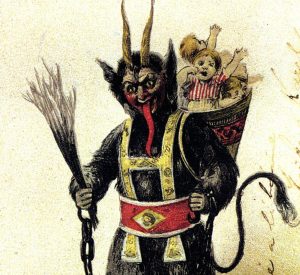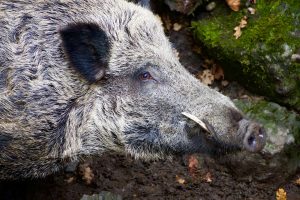There are many different idioms for extreme weather. “It’s as thick as pea soup.” “It’s raining cats and dogs.” But even the wildest of metaphors failed to prepare the residents of Olympia Springs, Kentucky, for the precipitation they experienced on March 3, 1876: meat.
Mrs. Crouch, a farmer’s wife, was making soap in her yard that morning when “meat which looked like beef” began to fall from the sky.1 The meaty chunks, enough to fill a “horse wagon,”2 covered an area of 100 yards by 50 yards.3
The incident drew widespread attention, and garnered mention even in The New York Times, which reported “FLESH DESCENDING IN A SHOWER.; AN ASTOUNDING PHENOMENON IN KENTUCKY–FRESH MEAT LIKE MUTTON OR VENISON FALLING FROM A CLEAR SKY.” The local Bath County News described the incident as follows:
On last Friday a shower of meat fell near the house of Allen Crouch, who lives some two or three miles from the Olympian Springs in the southern portion of the county, covering a strip of ground about one hundred yards in length and fifty wide. Mrs. Crouch was out in the yard at the time, engaged in making soap, when meat which looked like beef began to fall around her. The sky was perfectly clear at the time, and she said it fell like large snow flakes, the pieces as a general thing not being much larger. One piece fell near her which was three or four inches square. Mr. Harrison Gill, whose veracity is unquestionable and from whom we obtained the above facts, hearing of the occurrence visited the locality the next day, and says he saw particles of meat sticking to the fences and scattered over the ground. The meat when it first fell appeared to be perfectly fresh.
The source and nature of the substance rapidly became the subject of heated debate. Mr. and Mrs. Crouch believed it to be a sign from God.4 A local hunter suggested the meat was not beef, but from a bear5; the New York Times article noted that “two gentlemen, who tasted the meat, express the opinion that it was either mutton or venison.” Unable to resolve the matter by taste alone, samples were sent to scientific societies for analysis. Leopold Brandeis argued that it was not meat at all, but actually nostoc, “a type of cyanobacteria” that “is known to swell up into a translucent jelly-like mass whenever it rains.”6 (My own editorial note here is that nostoc does not look very much like meat, and the reports of the time indicated there had been no rain that morning anyway.) Dr. A. Mead Edwards of the Newark Scientific Association concluded the substance was the lung tissue of either a horse or a human infant (the two apparently being indistinguishable).7
Another theory of the time held that it was “cosmic meat” — the flesh of animals from an exploded planet.8 The likeliest explanation, though, is vulture vomit. Scientific American observes that “two species of vulture are found in Kentucky – the black vulture (Coragyps atratus) and the turkey vulture (Cathartes aura) – both of which are known to projectile vomit their stomach contents away as either a defence mechanism or to make themselves light enough for flight.”







